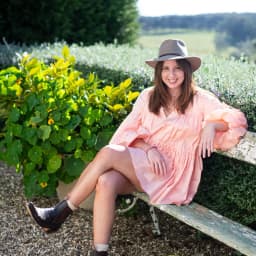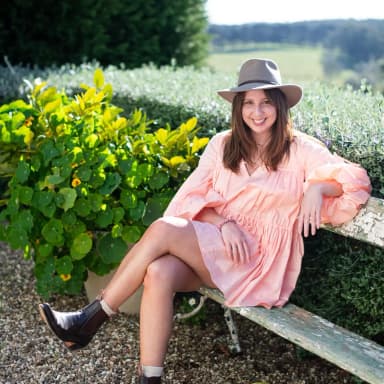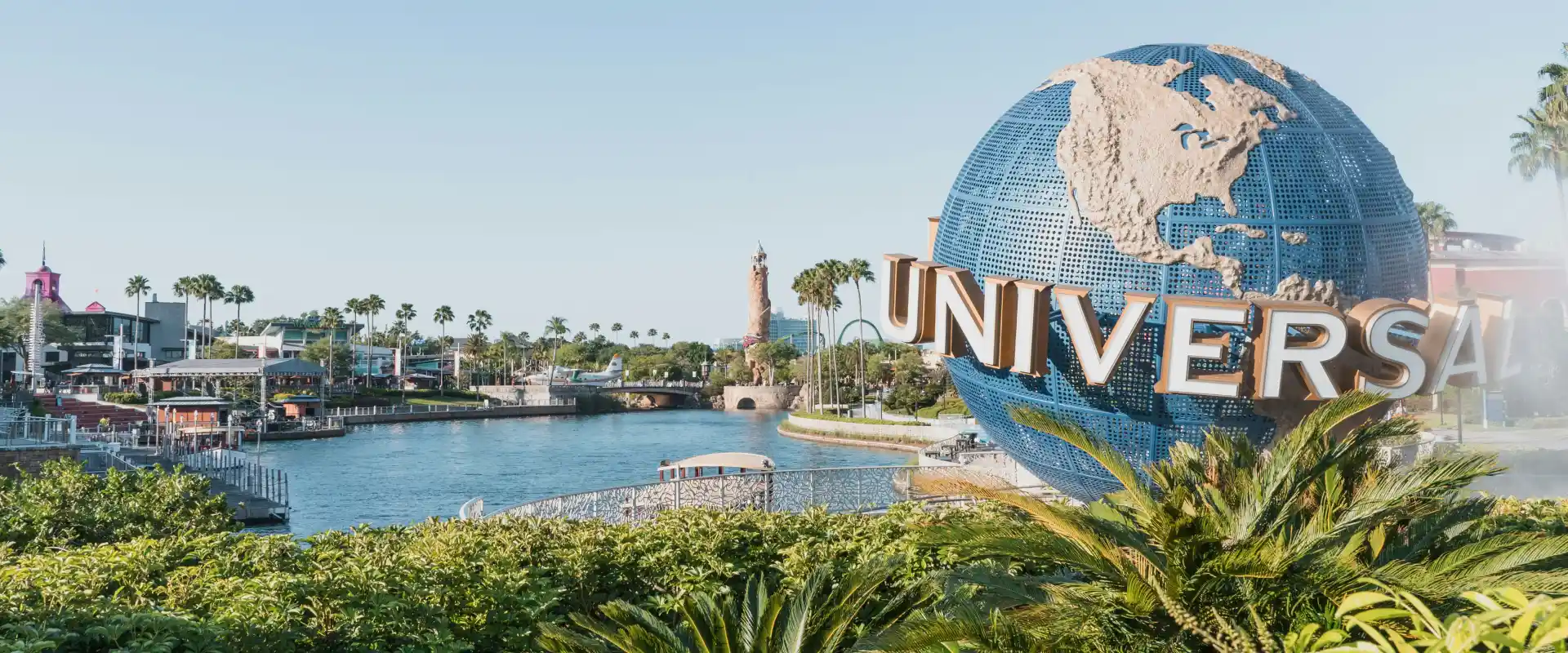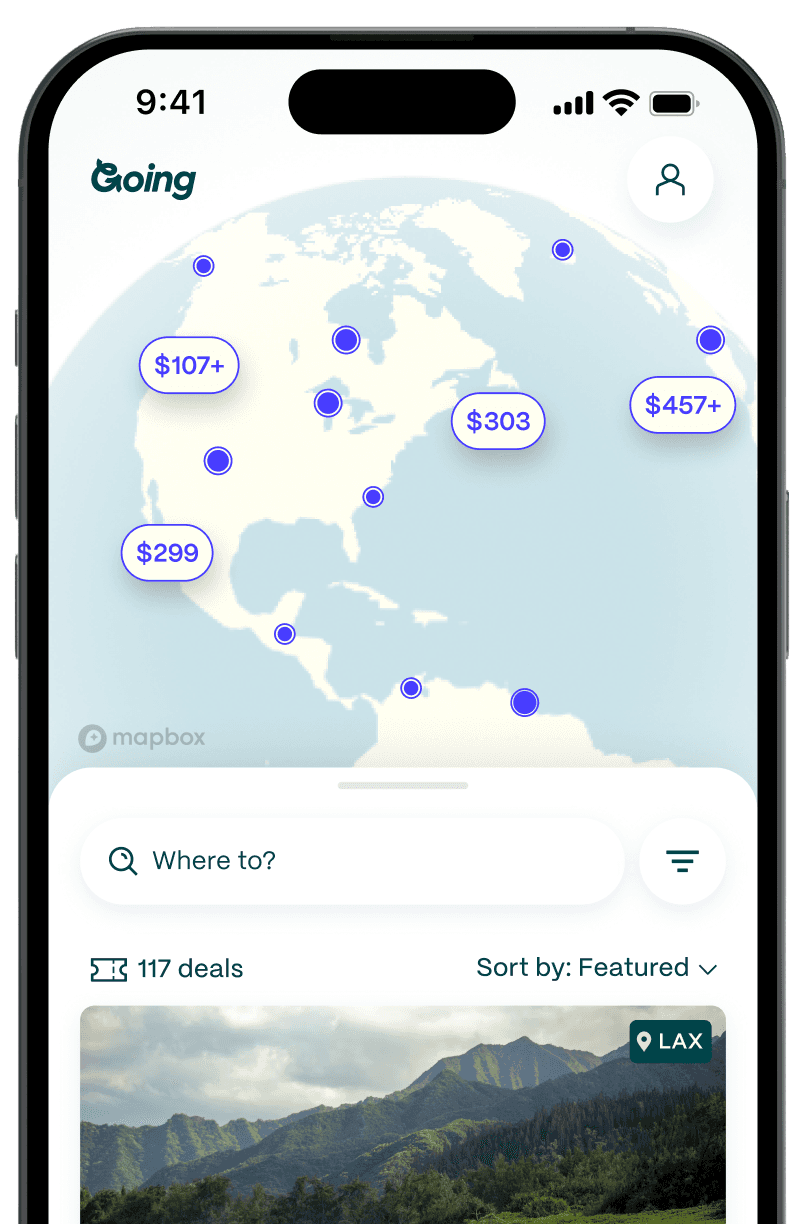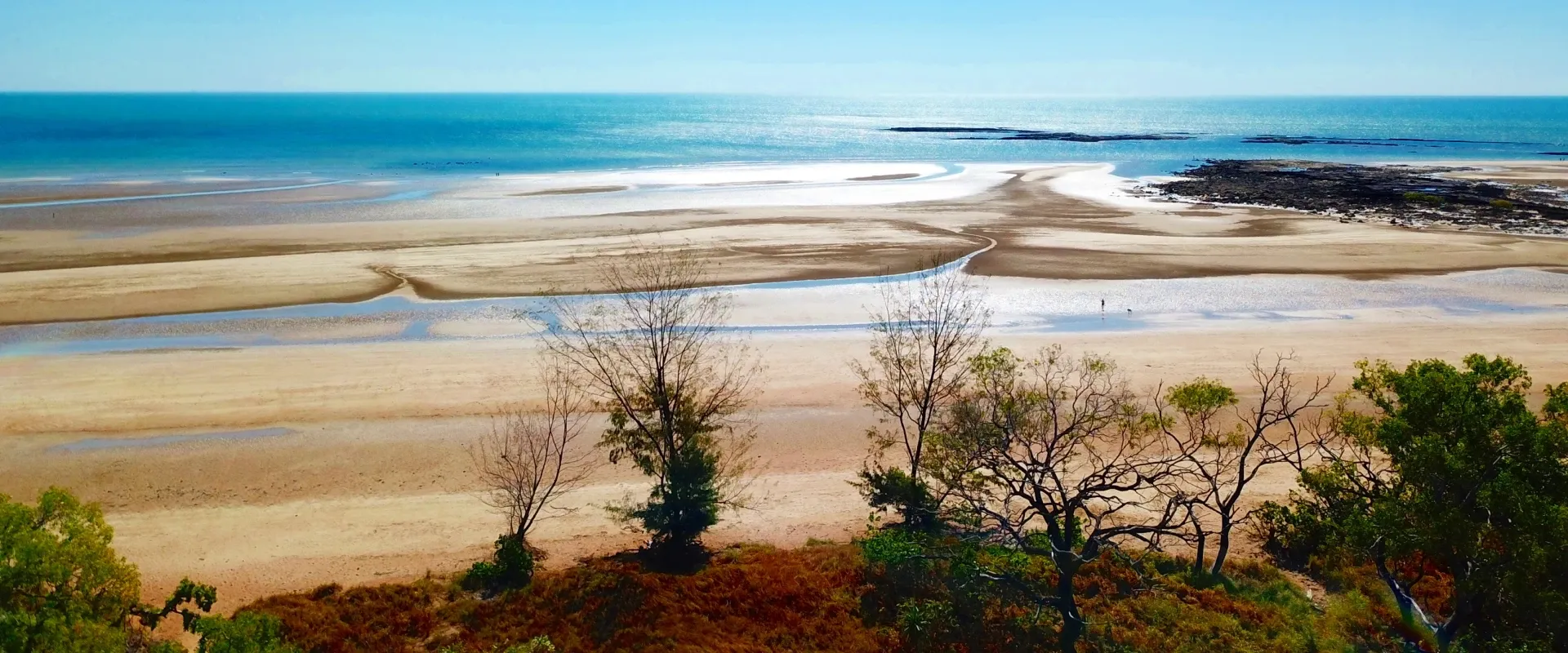
Darwin: The Aussie Capital That’s As Hot as It Is “Cool”
There’s a reason they call this place the Top End. For one, Darwin is the northernmost capital city in Australia. And, also, it’s tops. Sitting at the tip of the country in the Northern Territory, the city has a real sense of being the last frontier. It’s a place of extremes: Darwin is the smallest, wettest, and hottest Australian capital. It’s as brutal as it is beautiful.
In October, the build up to the wet season starts and the humidity rises to unbearably sticky levels. Clouds loom, but the relief of rain is elusive. It teases us. That’s when something called “Mango Madness” sets in. Locals say the only known cure is a cold beer and a hot laksa. Luckily, Darwin has plenty of both on offer. Saddle up and come along for the ride.
60,000+ years of continuous culture

Australia’s First Nation community is made up of over 250 language groups. Together, they are one of the world’s oldest living cultures, with more than 60,000 years of rich history and knowledge.
The Larrakia—who refer to themselves as the Saltwater People due to their spiritual connection to the coastal land and sea—are one such group within the First Nation community and are the traditional owners of the Darwin area, which in total has a population of roughly 140,000. The Saltwater People call the city “Garramilla,” which means “white stone,” in a nod to the chalk-colored rock and cliffs of the harbor.
Larrakia culture is everywhere in Darwin. It’s off Casuarina Beach at low tide when you can see Nungalinya (Old Man Rock), which the Larrakia people consider to be their ancestral elder. It’s in the mural on Bennett Street in the Central Business District, which was painted by senior Larrakia artist Denise Quall, welcoming visitors to her Mother’s Country with family totems. And it’s in the kangaroo tail, a delicacy eaten by Aboriginal people for millennia, that’s for sale at the local supermarket ready for a feast.

That’s the spirit
There’s a festival for everyone in Darwin. From May to October, the city makes the most of the perfect weather in the dry season and puts on a show. The Darwin Fringe Festival in July champions emerging artists, with 300 performers putting on 100 shows. The Darwin Aboriginal Art Fair in August is a celebration of First Nations creativity and talent. And the Darwin Street Art Festival, which takes place in August and September, is behind the impressive street art scene in Darwin, with murals on every major street in the city.
Also in August, the beloved Darwin Festival unleashes a flurry of music, theatre, dance, cabaret, and comedy gigs. The festival was initially founded to bring people together in the wake of Cyclone Tracy back in 1974, and it has grown every year since. Now, it’s internationally renowned as one of Australia’s best arts events, and in 2023, it welcomed 160,000 visitors from across Australia and beyond.
A gallery a day
The art scene in Darwin is a real mix of old and new. The region is home to many acclaimed artists and established art centers, as well as some exciting fresh talent.
Laundry Gallery, for one, ain’t your grandmother’s gallery. Opened in late 2022, it’s introducing Aboriginal art to a younger, cooler crowd, thanks to owners Nina Fitzgerald and Laura Shellie. Located in a retro ‘70s laundromat in a trendy corner of Parap on the northern outskirts of the city, the gallery’s tagline is, “Old stories, new spin.” Each month, the multi-disciplinary arts hub showcases a new collection of Blak excellence, from hand-carved and painted spears to woven bags made from ghost nets (discarded fishing nets found on the coast) and bright prints of troopies (Toyota Land Cruiser vehicles).
Along with the new kids on the block, Darwin is also home to some classic galleries, including the Museum and Gallery of the Northern Territory (MAGNT). Each year, the cultural institution houses the finalists and winners of the National Aboriginal and Torres Strait Islander Art Awards (NATSIAAs) in an exhibition not to be missed. The Northern Centre for Contemporary Art in Parap and Paul Johnstone Gallery in the city are also worth a visit.
Would you like chili with that?

Laksa—the spicy coconut noodle soup—may have originated in Southeast Asia, but it has found a thriving home in Darwin. Every local has a hot take on the best laksa in town; favorites include the legendary Mary’s Laksa at the Parap Village Markets, the local’s secret takeaway shop at Hibiscus Shopping Centre in suburban Leanyer, and the award-winning Chok’s Place on Smith Street in the city center. Regardless of where the laksa is from, you can spot a Darwin local by how much chili (spelled chilli in Australia) they ask for—the spicier the better in these parts.
Darwinians love laksa so much, they have a month-long festival dedicated to the dish. Fittingly named, the Darwin Laksa Festival is held annually in October and includes food tours, eating competitions, and an awards ceremony where the “People’s Choice” and “Golden Bowl” (judged by an expert panel to be the best laksa of the year) winners are crowned. During the festival, local eateries serve up laksa-inspired dishes, such as the (questionable) laksagna, the (unfortunate) laksa panna cotta, and the (surprisingly refreshing) laksa spritz.
If a laksa smoothie bowl (featuring tropical fruits, creamy coconut, and a spicy kick) doesn’t tickle your fancy, you can’t go wrong with a classic bowl of laksa from one of the many market stalls at Parap, Nightcliff, and Mindil Beach open every weekend.
After a while crocodile

It doesn’t get more “Darwin” than a tinnie (small boat) on the Adelaide River surrounded by crocodiles. You’d be forgiven for thinking this is a sleep-paralysis nightmare, but it actually happens to be the very best activity to do in Darwin.
There are several local tour operators on the Adelaide River who run jumping croc tours, including the Spectacular Jumping Crocodile Cruise, which is owned and operated by the Arirrki Aboriginal Corporation. These tours are as advertised: boat tours featuring crocs who jump for chicken carcasses and your terrifying delight.
Note that the operator of the Spectacular Jumping Crocodile Cruise ensures that the crocodiles' welfare is of the utmost importance. The company has developed an Animal Welfare Policy—approved by NT Parks & Wildlife and endorsed by animal behavior experts—to ensure each crocodile is not overfed, overworked, and remains wild. Read more about their policy here. As with any animal encounter experience, it's important to do your research to ensure that the company that you are supporting is doing right by the animals and their natural surroundings.
The Adelaide River, just 37 miles south of Darwin, is home to more than 1,600 saltwater crocodiles. Seeing the prehistoric predators up close will give you a newfound respect for them—and maybe a healthy dose of fear. Keep an eye out for Dominator, who measures 19.7 feet in length and is reportedly the second-largest crocodile ever measured. And whatever you do, please keep your arms inside the vessel (for obvious reasons).
In the market
Visitors to Darwin are spoiled for choice when it comes to markets. During the dry season, from May to October, the Mindil Beach Sunset Market is the place to be every Thursday and Sunday night. Held at the coastal reserve that runs along the beach, the market features live performers (including whip cracking), food stalls (à la Paella at Sunset, the Honey Puff King, and Fire Bowl), and classic souvenirs like Slappa’s Thongs (which aren’t underwear) and Bogan Biltong (which isn’t jerky).
Elsewhere in Darwin, the Parap Village Markets are held every Saturday morning for your laksa fix. Rapid Creek Markets are on Saturdays and Sundays, selling the freshest fruit and veg in the city, as well as the best paw-paw salad (a zingy dish made with green papaya-like fruit and as many chilis as you can handle). And Nightcliff Markets happen Sunday mornings for smoothies, homemade spring rolls, and cool cotton skirts and shirts.
When the sun goes down

Darwin sunsets are legendary for the rich reds, oranges, pinks, and purples that light up the sky and bask the town in a golden glow. Thanks to the west-facing coastline, catching a mesmerizing sunset at golden hour is as simple as heading to the coast and looking up.
Ask anyone, and they’ll tell you nothing beats watching the sun dip below the horizon at Nightcliff Beach. Or Dripstone Cliffs on Casuarina Beach. Actually, maybe the ultimate spot is the Darwin Ski Club on Bundilla Beach at Fannie Bay. Better yet, jump on a yacht at Cullen Bay, and head out onto the harbor for a sunset cruise. This can be a bougie or budget experience. The crew at City of Darwin Cruises offers a 2.5-hour sailing package with drinks and nibbles starting at $99 AUD per person, but you could also privately charter a vessel for you and 20 of your mates for $1,400 AUD.
Whether you’re on the water or land, admiring the sunset is a well-respected pastime in the city. It’s common for locals to knock off work and head to the closest beach with a picnic blanket, bottle of wine, and cheese board. While there’s a healthy debate surrounding the most scenic sunset-watching site, there is one thing all Darwin locals agree on: No one should clap in the peaceful moment when the sun finally sets. Just don’t be that person.
What happens on Mitchell Street…
Back in the day, Monsoons nightclub on Mitchell Street was known for its ladies’ night, the Wild Wednesdays mechanical bull–riding competition, and grandma bingo. It still is. The nightlife in Darwin is as untamed as its weather. The main strip of Mitchell Street can be fierce and sometimes feral.
But a new generation of cool and classy watering holes are shaking up the bar scene and offering an alternative to the classic Aussie pub. There’s the chic wine bar Stone House, serving seasonal cheese boards and a delightful Shiraz from the Barossa Valley, which sits on the opposite end of the country in South Australia. Around the corner in the Air Raid Arcade is Babylon, a small and quirky cocktail bar fit for Insta-selfies. And on the cusp of the city is Trader Bar, known for its spicy margaritas and Euro-holiday vibes.
In the Top End, locals drink Black Fish (aka Great Northern Super Crisp beer), but they’ll toast to anything. Here’s to sunsets, storms, and spicy bowls of laksa. Cheers, mate.
Good to know
Is Darwin expensive?
Darwin can be done on a tight budget thanks to the cheap eats at the markets and affordable accommodation options. City hotels like H on Smith have rooms starting from $114 AUD a night. Resort suites at the luxe Mindil Beach Casino Resort start at $173 AUD. A bowl of laksa will set you back $12 AUD from the markets, and a main meal at a restaurant will run $20–$30 AUD. A daily bus pass is $7 AUD, and hire cars start from $115 AUD a day.
Best time to visit Darwin
The dry season, from May to October (Australia’s winter), is the best time to visit, when the weather is warm—but not stiflingly so—and the days are sunny. Most of the city’s main events and festivals are held during this time so there’s plenty to see, do, and revel in.
What languages are spoken in Darwin?
The main language spoken in Darwin is English, though there are also a variety of Indigenous populations that speak local languages and dialects.
Darwin with kids
Darwin is an enormous playground for kids with so many places built with them in mind, including the wave pool and aqua park at the waterfront, the Leanyer Recreation Park, the Museum and Gallery of the NT, Crocosaurus Cove, and all the parks at the esplanade.
Darwin public transportation
Figuring out the Darwin bus routes and timetables isn’t an easy feat, but everything is relatively close, and Ubers and taxis are plentiful. E-scooters can be found on every corner in the Central Business District, but many tourists have fallen victim to accidents. Renting a car is a safer option.
Is Darwin safe?
Australia ranks #22 out of 163, according to Vision of Humanity’s Global Peace Index. Darwin is a safe city, but like most places, crime exists. Pickpocketing isn’t a big issue, but car and property break-ins are. Don’t leave valuables in your car overnight, and remember to lock up. Fights are known to break out on Mitchell Street late at night when pubs and clubs start to close, but there is security patrolling the area. Be aware and use common sense when walking around at night.
Australia ranks #14 with a score of 78/100 for LGBTQ+ equality, according to Equaldex's LGBT Equality Index. Australia is one of the most LGBTQ+-friendly places in the world. Darwin celebrates Top End Pride every year, and Throb is the major gay bar. There are sistergirls and brotherboys (gender-diverse people) within the First Nations community, and locals are generally inclusive and welcoming.
Getting to Darwin
- Main airport: DRW, though US travelers will need to connect through a larger Australia hub, likely SYD or MEL
- Average Going deal price for cheap flights to SYD: $692 roundtrip
Read more about spots in Australia, New Zealand, and the Pacific
Last updated August 30, 2024
